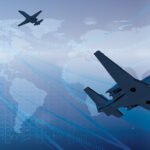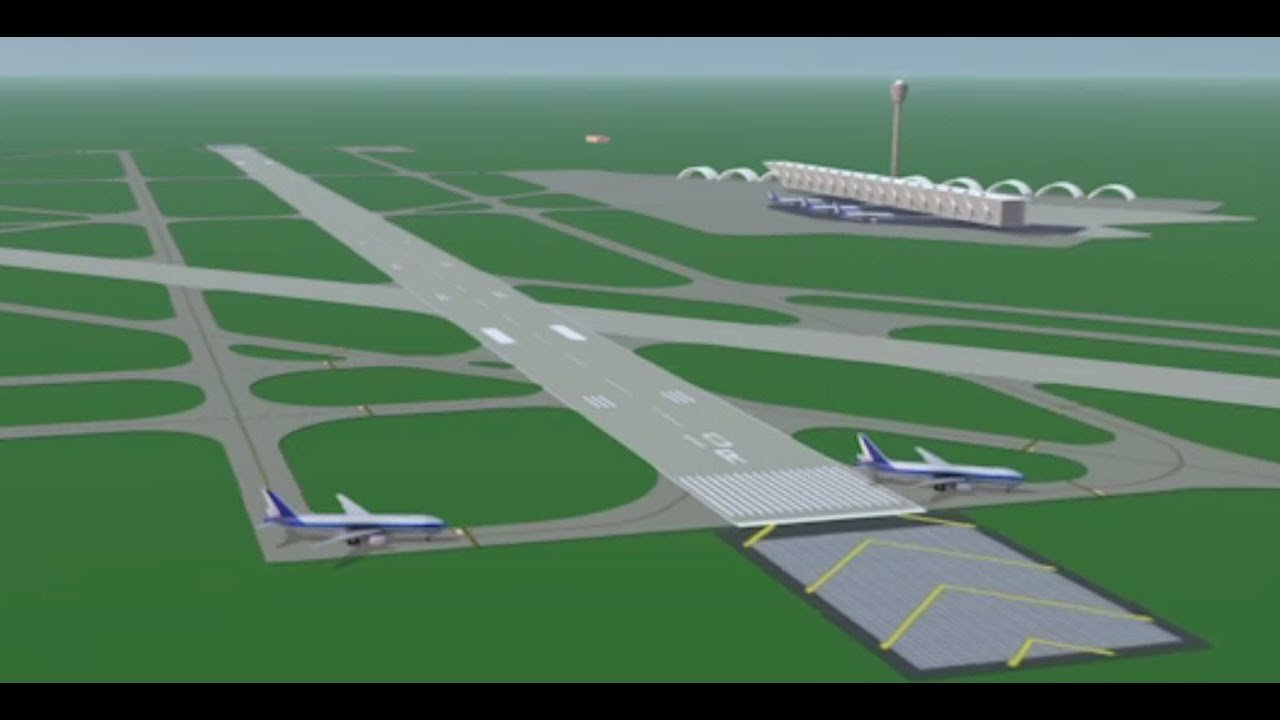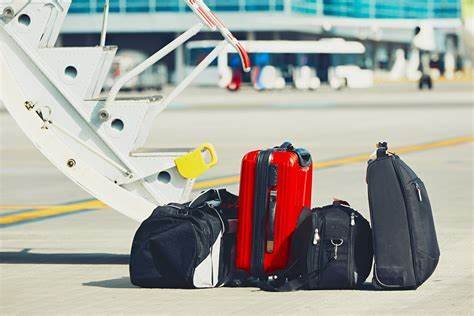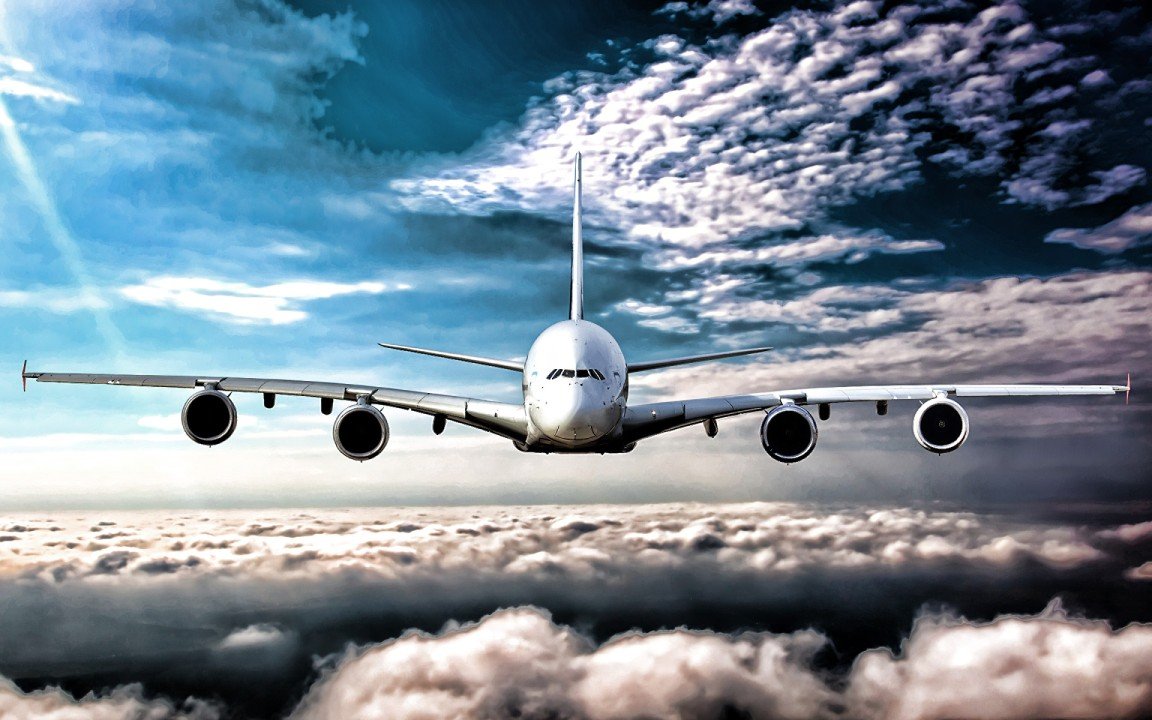Airport runways are essential for safe and efficient air travel. These carefully engineered structures must accommodate various aircraft, weather conditions, and operational demands. Designing runways involves meticulous planning, adherence to safety standards, and the application of advanced engineering techniques. Here’s an exploration of the science behind airport runway design and its impact on safety.
1. Runway Dimensions and Orientation
The size and orientation of a runway are determined by multiple factors, including aircraft type, airport traffic, and local weather patterns. Runway length is crucial; larger aircraft require longer runways for takeoff and landing. For instance, international airports with frequent long-haul flights often have runways exceeding 4,000 meters.
Runway orientation is influenced by prevailing wind directions. Aircraft take off and land into the wind to maximize lift and control. Engineers use wind rose data to align runways with the most frequent wind patterns, ensuring safe operations year-round.
2. Surface Materials and Maintenance
Runway surfaces must withstand enormous pressure from aircraft while providing sufficient friction for safe landings. Materials like asphalt and concrete are commonly used due to their durability and performance under extreme conditions. Engineers also consider factors such as water drainage to prevent hydroplaning during wet weather.
Regular maintenance is essential to ensure runway safety. Surface inspections and repairs address issues like cracks, debris, and wear caused by heavy aircraft traffic. Advanced technologies, such as ground-penetrating radar, help identify structural weaknesses before they become safety hazards.
3. Lighting and Markings
Runway lighting and markings are critical for guiding pilots, especially in low visibility conditions. Standardized markings indicate runway boundaries, thresholds, and taxiway connections. Lighting systems, such as approach lights and runway edge lights, provide visual cues for pilots during takeoff and landing.
Precision Instrument Landing Systems (ILS) further enhance safety by offering electronic guidance in poor weather. Modern runways also incorporate LED lighting, which improves visibility and reduces energy consumption.
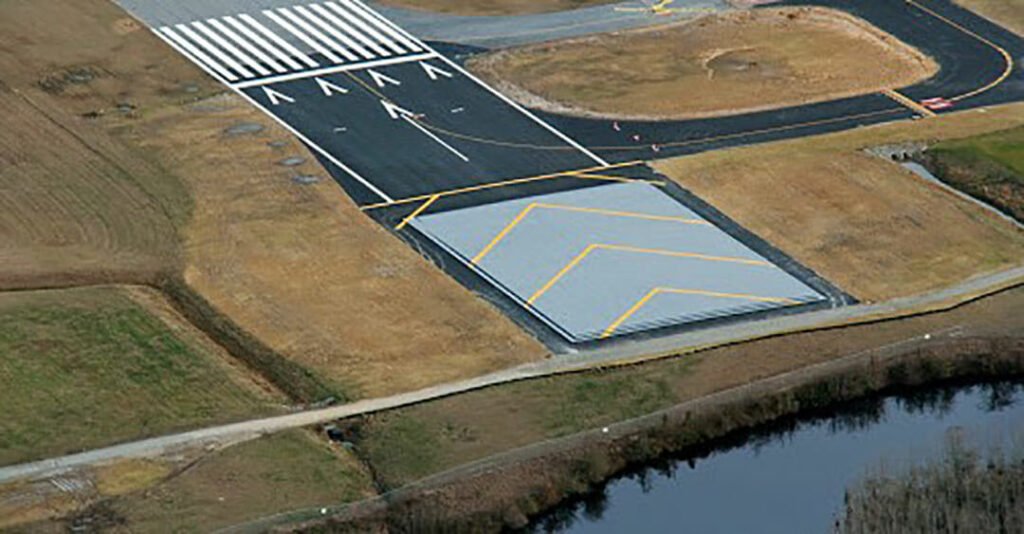
4. Runway Safety Zones
Safety zones around runways are designed to minimize risks in case of overruns or excursions. The Runway End Safety Area (RESA) provides an additional buffer zone at the end of the runway to accommodate emergency landings. Materials like engineered arrestor beds can safely slow down aircraft that overshoot the runway.
Airports also implement clear zones to keep structures and vegetation away from runways, reducing the risk of collisions with obstacles or wildlife.
5. Environmental Considerations
Runway design must also address environmental factors. Noise pollution is a major concern, particularly near residential areas. Engineers design flight paths and runway usage patterns to minimize noise impact. Environmental assessments also evaluate the potential effects of construction on local ecosystems.
In some cases, innovative solutions are implemented, such as green roofs on adjacent airport buildings to absorb noise or the use of quieter construction materials.
6. Emergency Preparedness
Runway design incorporates emergency preparedness features to handle unexpected situations. For example, airports include clear access routes for emergency vehicles and fire suppression systems near runways. Additionally, safety drills and simulations are conducted regularly to ensure quick responses to emergencies.
7. Technology in Modern Runway Design
Advanced technology plays a significant role in enhancing runway safety. Systems like Surface Movement Radar (SMR) and Runway Incursion Prevention Systems (RIPS) monitor and manage ground traffic to prevent collisions. Automation in air traffic control further ensures smooth coordination of aircraft movements on and around the runway.
Conclusion
Airport runway design is a complex science that blends engineering, technology, and safety considerations. From precise orientation to robust materials and innovative safety features, every aspect of runway design ensures safe and efficient air travel. As air traffic continues to grow, advancements in runway technology and design will play a pivotal role in meeting the demands of modern aviation.





